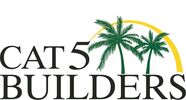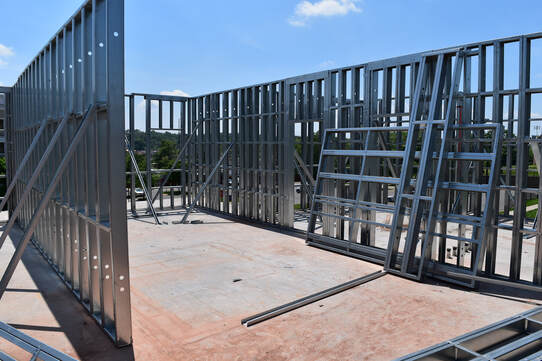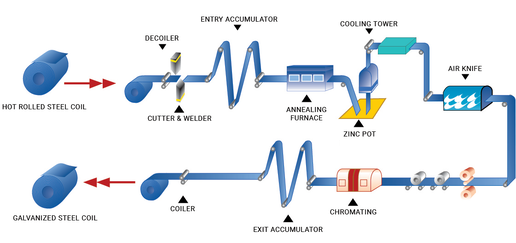Cold Formed Steel Framing
MgO Sheathing
What is MgO Sheathing?Magnesium Oxide (MgO) Board is an advanced structural sheathing board that can be used to replace pressure treated plywood, gypsum wallboard (drywall) and other sheathings for both exterior and interior applications. CAT5-MATRIX Boards are made with Magnesium Oxide, Magnesium Sulfate, and modifiers and water in a patented technological process. CAT5-MATRIX Boards do not produce harmful off-gases, can be cut and installed with traditional wood framing tools, are fire resistant (non-combustible) and highly resistant to water, moisture, mold, and termites. The board is environmentally friendly, non-toxic and can be disposed of in the ground as a nutrient.
|



